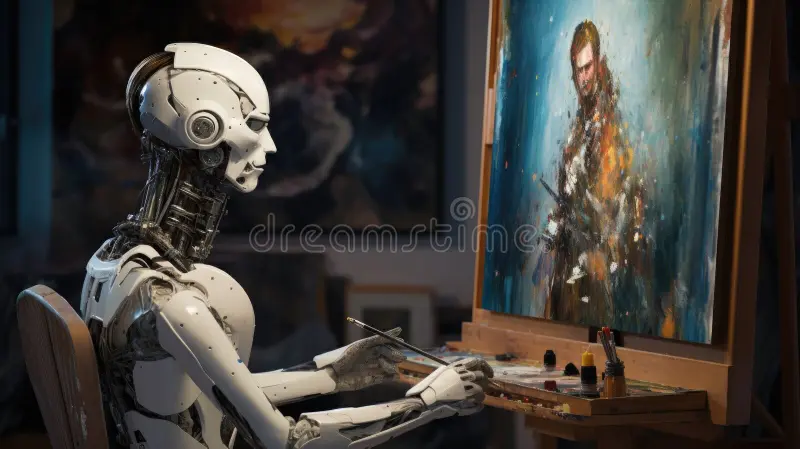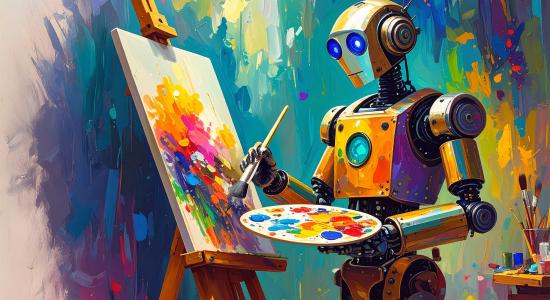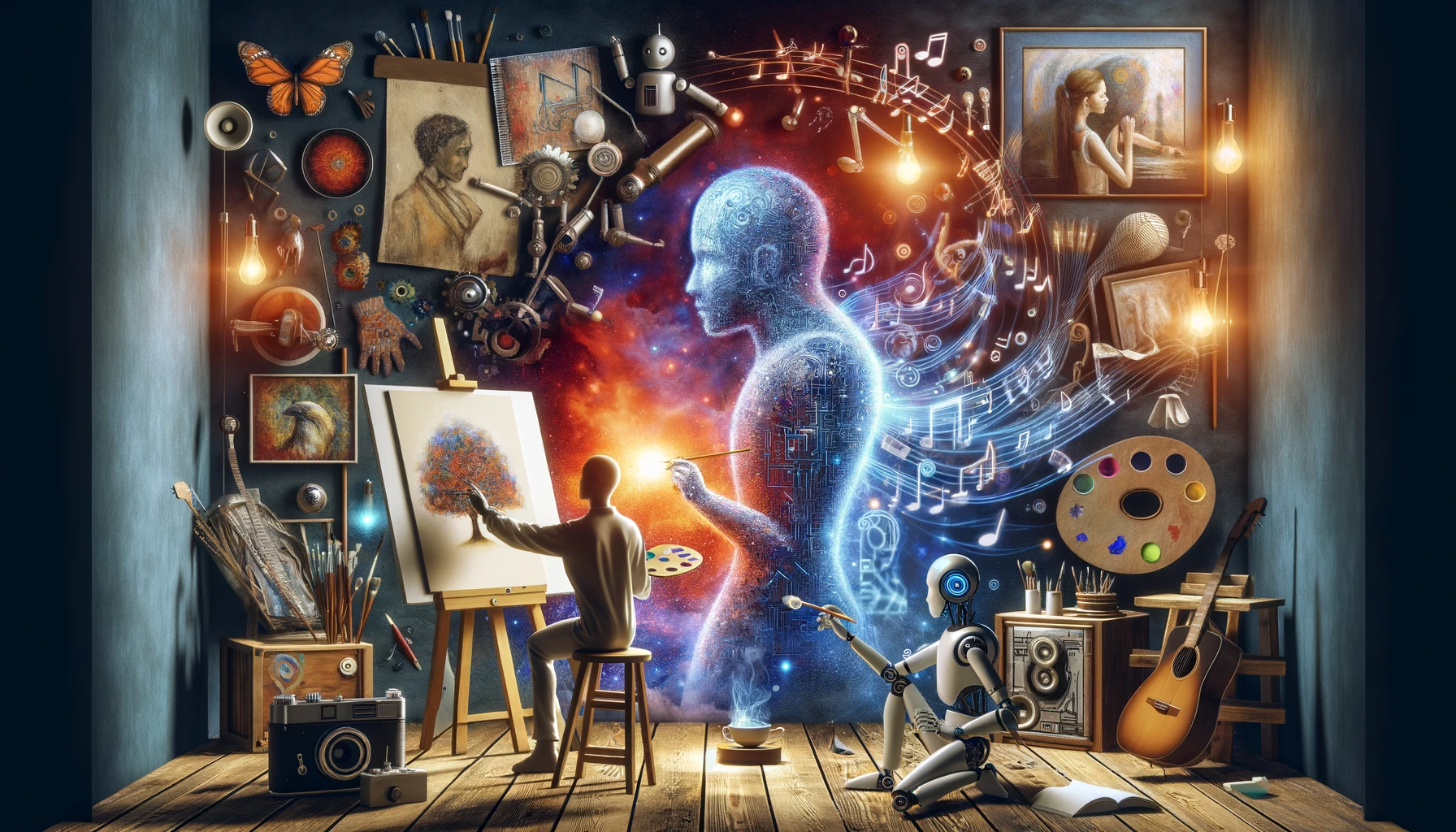Artificial Intelligence (AI) is reshaping the art world, influencing how art is created, perceived, and valued. The impact of AI in art goes far beyond automation—it is challenging traditional definitions of creativity, transforming artistic processes, and altering the global art landscape.
What is the Impact of AI on Art?
AI’s influence in art can be seen across multiple dimensions, including creative expression, market dynamics, accessibility, and cultural interpretation. As AI becomes more integrated into artistic practices, it is changing not only how art is made but also how we interact with and understand it.
Key Impacts of AI in Art
Expansion of Creative Possibilities
AI tools allow artists to experiment with new styles, generate ideas rapidly, and explore complex visual patterns that may be difficult to create manually. This has led to the birth of entirely new art forms, such as algorithmic and generative art, expanding the boundaries of what is possible in creative work.
Democratization of Art Creation
AI-powered platforms make it easier for non-artists and beginners to create visually appealing artworks with minimal technical skills. This accessibility is enabling more people to participate in artistic expression, breaking down traditional barriers in the art community.
Redefining the Artist’s Role
With AI assisting in or even independently generating art, the role of the artist is evolving from sole creator to director, collaborator, or curator. This shift raises fundamental questions about authorship, originality, and the essence of creativity.
Shaping the Art Market
AI-generated art is gaining attention at auctions and galleries, sometimes fetching high prices. However, it also introduces challenges in determining value, authenticity, and market credibility, especially when the artist’s identity is shared with or attributed to an AI system.
Enhancing Art Preservation and Curation
AI is improving the way museums and galleries catalog, restore, and curate artworks. Algorithms can analyze vast datasets to uncover historical patterns, detect forgeries, and even predict emerging artistic trends.
Cultural and Ethical Influence
AI’s ability to replicate styles and create deepfakes brings both creative opportunities and ethical concerns. It forces the art world to confront issues related to cultural appropriation, misuse of intellectual property, and the authenticity of digital creations.
Emotional and Philosophical Impact
AI-generated art challenges our emotional connection to art by raising questions like:
- Can art created by a machine truly evoke human emotion?
- Is creativity uniquely human, or can it be simulated?
These debates are reshaping how society defines and values artistic expression.
Conclusion
The impact of AI in art is profound and multifaceted. It is not just a tool but a force that is transforming how art is created, shared, and appreciated. While AI offers exciting new possibilities, it also demands thoughtful reflection on ethics, creativity, and the evolving relationship between humans and technology. Embracing this transformation with care and curiosity will ensure that AI enriches, rather than diminishes, the art world.







Leave feedback about this